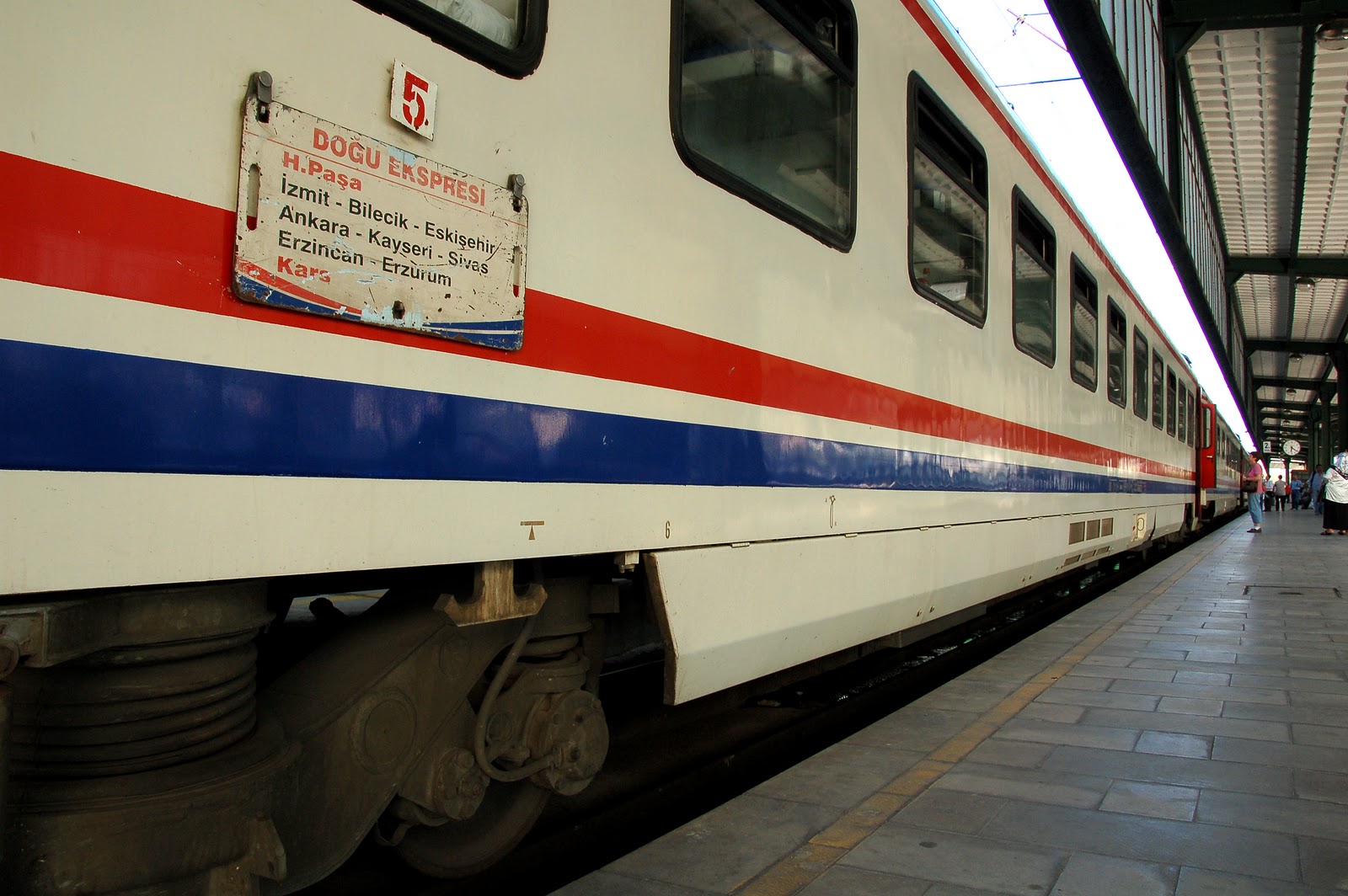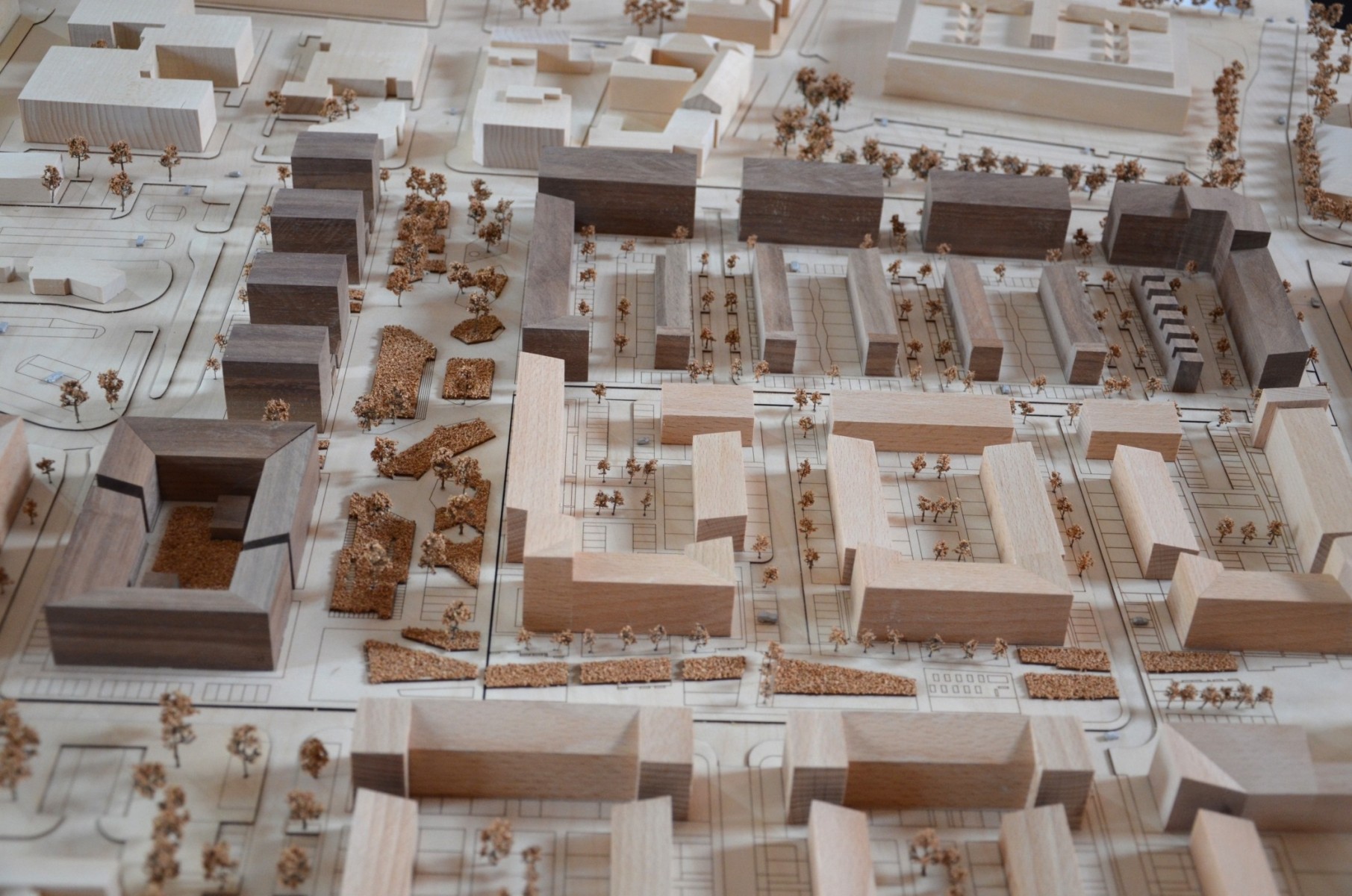

It’s an area of, uh, certainly a great deal of accessibility challenges, both in terms of the websites as well as the applications that we use on a regular basis. This is something that I think our entire community is quite excited about.
#Urban realms model aph software#
I wanna start with the websites and software applications Accessibility Act. Great to have a couple of good, good policy hands with me on the podcast. Have been in this role for over four years now based out of our national office in Alexandria, Virginia. I’m the Director of Advocacy and Governmental Affairs for the American Council of the Blind. Good morning, Paul, and thank you so much for having ACB as a part of this podcast. I’m also glad to be joined by Clark Rachfal, who’s with the American Council of the Blind, Clark. I’m the Executive Director for Advocacy and Policy, and look forward to our discussion. For 2023, I’m gonna start to have John Pare introduce himself, he’s with the National Federation of the Blind. Very pleased to start this with my colleagues from the National Federation of the Blind and the American Council of the Blind, to talk about two legislative policy areas that, uh, priorities, that are priorities for both organizations.

That affect the blindness in low vision communities, and particularly with a focus on policy.
#Urban realms model aph series#
Very excited to start what I hope will be an occasional series of updates on activities in Washington, D. This is Paul Schroeder, the American Printing House for the Blind Vice President for Impact and Outreach. He’s going to talk about the latest news from Capitol Hill in regards to accessibility, APH’s, recent testimony before the Labor Health and Human Services Appropriations Subcommittee, and what you can do to stay involved and make a difference. I’m gonna hand this episode over to Paul Schroeder, that’s APH’s Vice President of Impact and Outreach. On this episode of Change Makers, we’re taking it to Washington, D.C. I’m APH’s Public Relations Manager, Sara Brown. We’re talking to people from around the world who are creating positive change in the lives of people who are blind or have low vision. The suburbs would become so big that it would have exurbs and would then make up another urban realm.Welcome to Changemakers, a podcast from APH. This model describes some of the characteristics of urban growth because as an automobile dependent model urban growth would not be an issue therefore it expands more and more. Each realm is independent from another like little cities but they connect with each other to create a huge urban city. The model proposes the idea that some of the functions int he CBD can be moved to the suburbs therefore diminishes the importance of the CBD. Having shopping centers and offices outside of the CBD it makes up realms that could be independent from one another. The model states that urban cities today are not like previous cities where most or all of the economic activities are in the Central Business District (CBD), shopping malls and offices can also be in the residential areas. He observed the urban ecology and the economic activities in San Francisco to create this model. The Urban Realms model was created by James E Vance Jr. Areas in the suburbs now have some of the functions in the central business district so it is not as important anymore.

But as time goes on and through technical advances the cities become more spread out because of the abundance use of cars. Previous models are very organized and tightly pack together in order to for people to travel from place to place without traveling to long. There has been a lot of city models throughout history and the Urban Realms model is the last one.


 0 kommentar(er)
0 kommentar(er)
